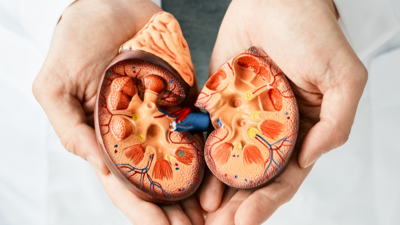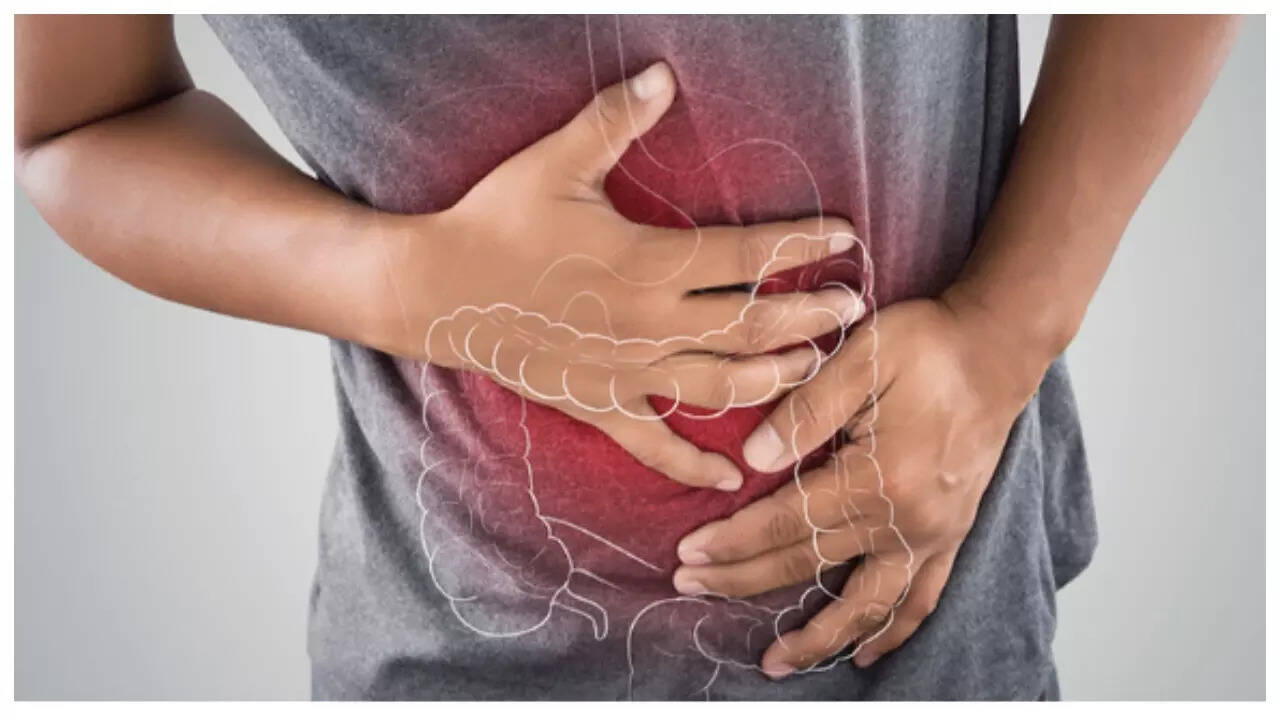
Kidney damage, especially in the initial stages, tends to occur insidiously without dramatical symptoms. This makes it important to catch the faint, early signs before the condition advances to chronic kidney disease (CKD), which can have devastating outcomes, such as kidney failure.
As per the National Kidney Foundation and other valid health reports.Here are the first signs you can never ignore:
Foamy or bubbly urine
One of the earliest indicators of kidney damage is persistent foam or bubbles in the urine. Proteinuria is the name given to this situation, and it means that filtering units in the kidneys—glomeruli—are permitting protein, like albumin, to pass into the urine. Normal kidneys usually do not permit a lot of protein through, so foaming visible to the naked eye is a warning indicator that should be checked out by a physician.
Swelling in ankles, feet, or around the eyes

When kidneys are no longer able to filter out sodium and fluid efficiently, excess water and salt get stored in the body. This usually triggers visible swelling, particularly in the ankles, feet, and the area around the eyes. Swelling in these regions, especially during morning hours, usually results from water retention caused by inefficient kidney filtration.
Increased urination, especially at night
One of the first signs of declining kidney function is that the pattern of urination changes.
Individuals experience the urge to urinate more often, particularly at night—a condition that is referred to as nocturia. This happens when the kidneys are unable to concentrate urine efficiently, so urine output increases and the need to urinate comes up more often.
Fatigue and weakness

Healthy kidneys make erythropoietin, a hormone that encourages the formation of red blood cells. Damaged kidneys release less of this hormone, which may result in anemia.
Anemia creates tiredness, weakness, and fatigue, despite getting proper sleep and rest. Buildup of poisons in the blood due to faulty kidney function also causes these symptoms.
Itching that won't quit

Chronic kidney disease may lead to a buildup of waste products in the blood (uremia), which causes intense itching—also known as pruritus. This itching is usually constant and general, not alleviated by applying topical lotions or creams.
It also can worsen at night.
Loss of appetite
Another sign of early kidney damage is a sudden or unexplained decrease in appetite. The buildup of waste in the blood can affect the digestive system, causing nausea, a bad taste in the mouth, or even vomiting, further contributing to a loss of interest in food.
Muscle cramps

Electrolyte disturbances, especially low calcium and inadequately controlled phosphorus, can cause recurrent muscle cramps.
Because the kidneys play a critical role in controlling these minerals, renal failure can interfere with normal muscle function and cause cramping pain, often involving the legs.These signs can be very subtle or even seem unrelated to the kidneys and are hence not noticed. Yet, if these warning signals are detected early—and medical guidance taken promptly—much of the danger of developing worse kidney problems can be avoided. Periodic tests and a good way of life can greatly help to safeguard kidney function.Image credit: Canva

 1 day ago
45
1 day ago
45




























 English (US)
English (US)